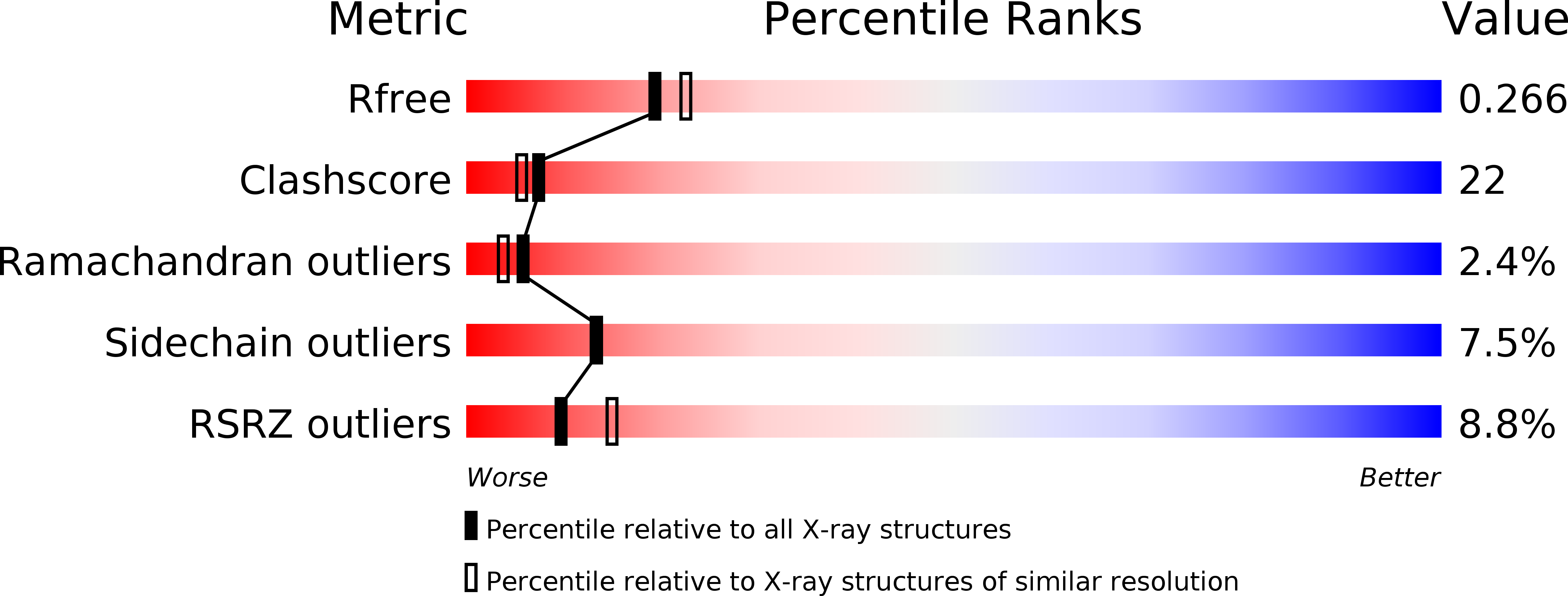
Deposition Date
2001-12-04
Release Date
2002-12-18
Last Version Date
2024-11-20
Method Details:
Experimental Method:
Resolution:
2.35 Å
R-Value Free:
0.26
R-Value Work:
0.24
R-Value Observed:
0.24
Space Group:
P 21 21 2


